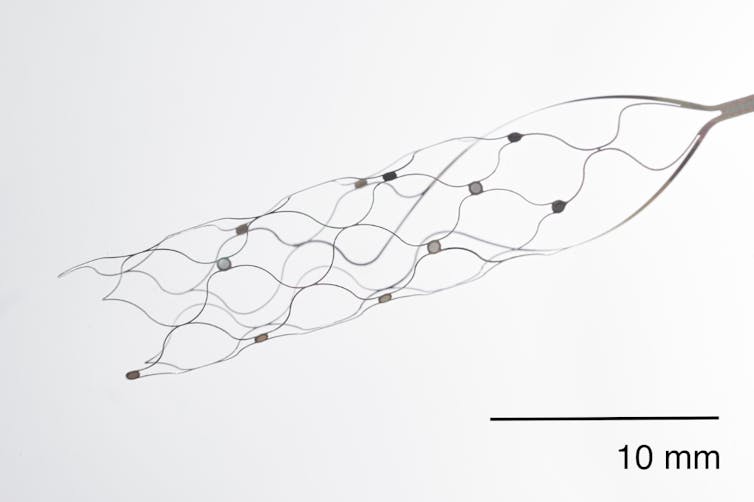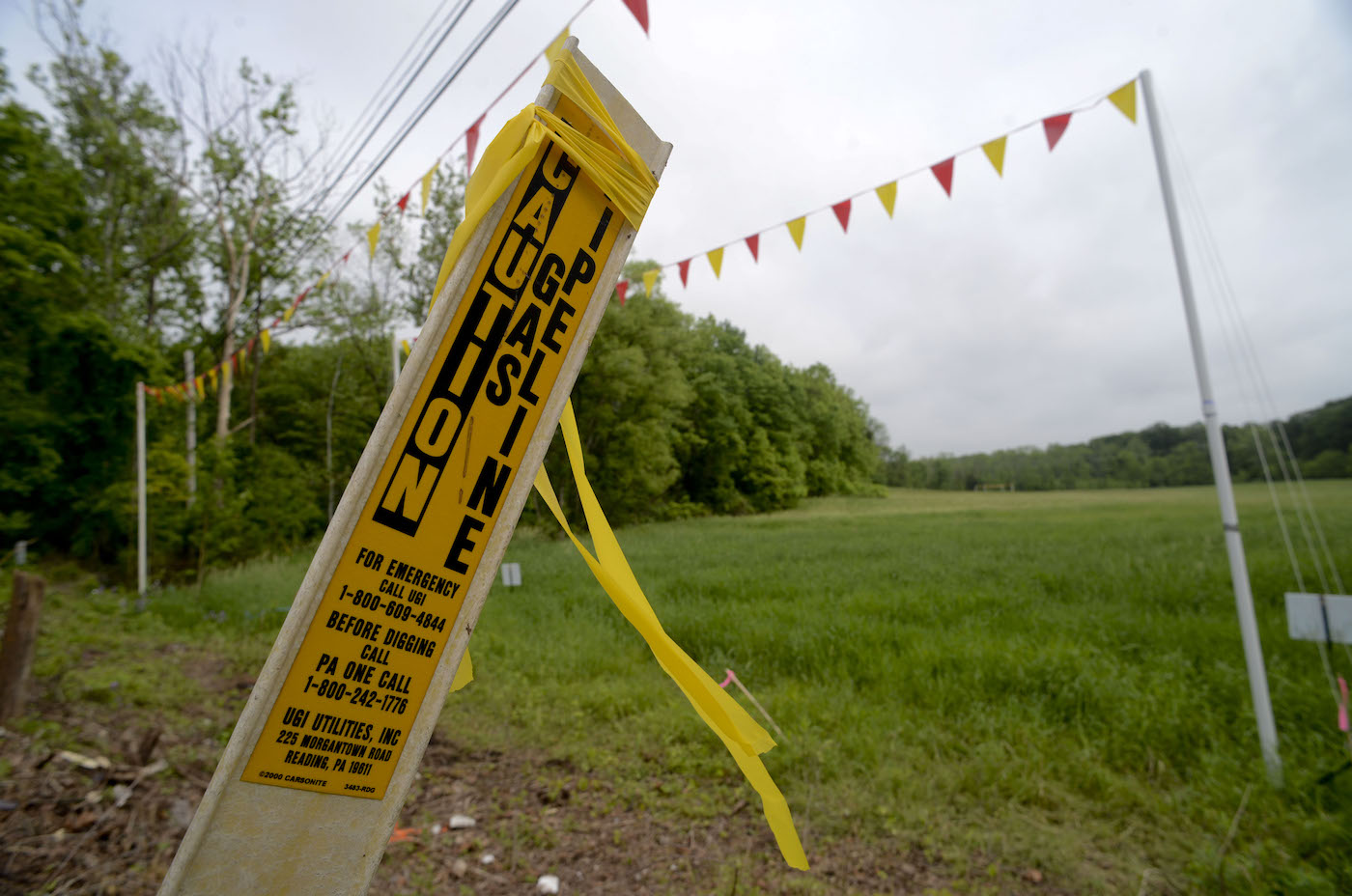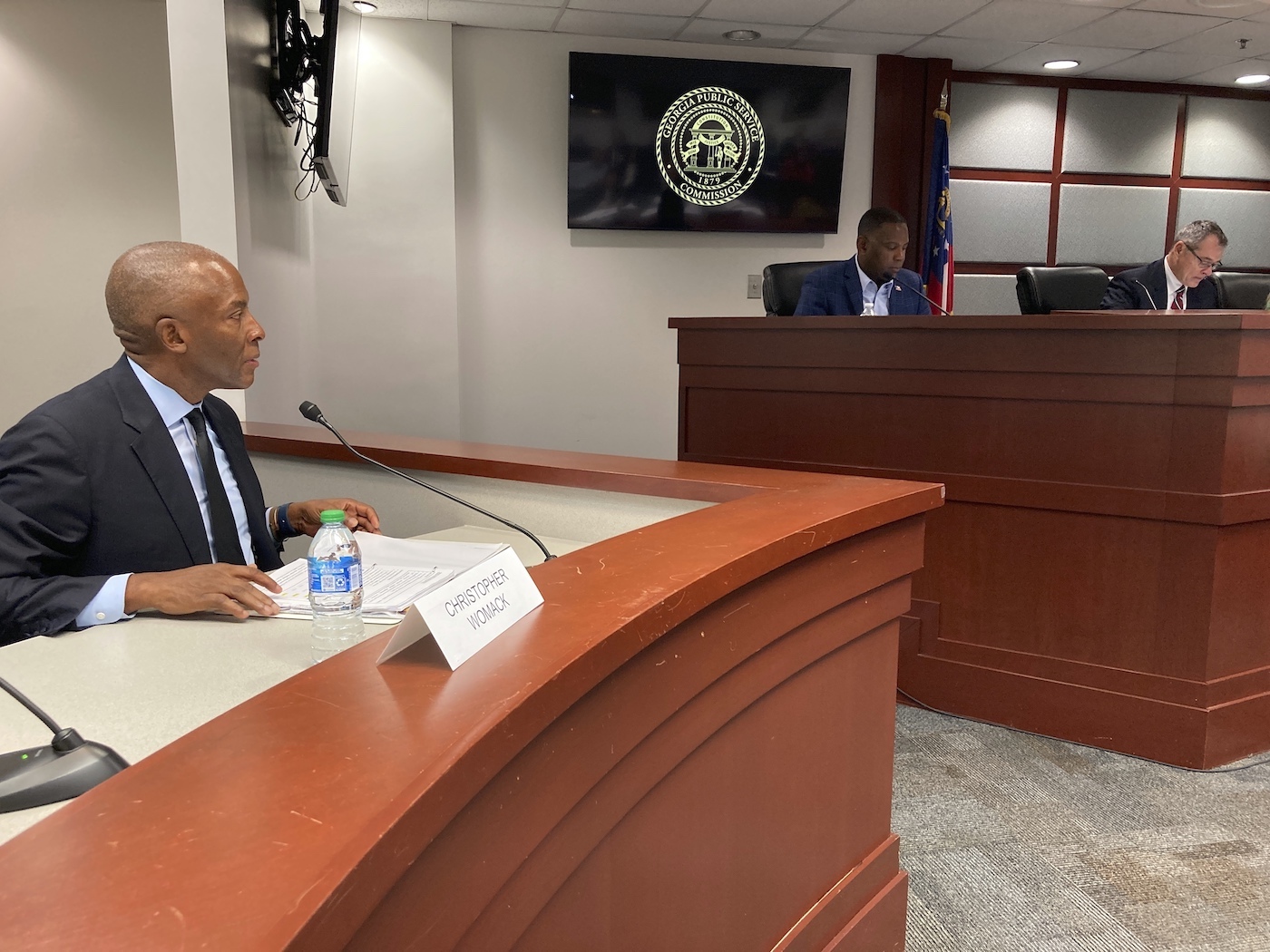Five things to know about Finland
Issued on: 31/03/2023 -
Helsinki (AFP) – Finland votes Sunday in a nail-biting election with Prime Minister Sanna Marin's centre-left government fighting to hold on to power. Here are five things to know about the Nordic nation.
Women in power
Seven of the country's eight largest parties are run by women, and Finland ranks among the world's best countries for gender equality.
When Marin came to power in 2019 -- Finland's third female prime minister -- pictures of her five-party coalition, all headed by women, made headlines around the world.
The Finnish parliament was the first in the world to have women as MPs in 1907, when Finland was still an autonomous Grand Duchy of the Russian empire.
ADVERTISING
While women have never been a majority in parliament, they make up 47 percent of outgoing MPs.
And the share of women running for office on Sunday is the highest ever.
The Finnish language may help explain Finns' egalitarian nature. It does not distinguish between genders for personal pronouns, with the word "han" meaning both "he" and "she".
Historic NATO U-turn
In a major turnaround, Finland dropped its decades-long policy of military non-alignment in May 2022 and applied to join NATO after Moscow's invasion of Ukraine.
The country, which shares a 1,300-kilometre (800-mile) border with Russia, is due to soon become a member.
Many Finns long believed that not criticising their giant neighbour's foreign policy was the best way to safeguard their interests, a policy known as "Finlandisation".
Before Russia's invasion of Ukraine, Finnish support for NATO membership was only around 20 to 30 percent, but the war sent it soaring to more than 75 percent.
Although voters see national security and defence as important, NATO membership has not become an issue due to broad political consensus.
World's happiest country
For the sixth year running, Finland was named the world's happiest country this month by a UN-sponsored index.
With thousands of lakes and seemingly endless forests, the country is also known for its extensive welfare system, high trust in authorities and low levels of inequality among its 5.5 million inhabitants.
Finland also has around three million saunas -- more than the number of registered cars -- a comfort in a country where temperatures fall below freezing for nearly half the year.
Nonetheless, the happiness report raised some eyebrows when Finland first came out on top of the ranking in 2018.
Many Finns describe themselves as taciturn and prone to melancholy, and admit to eyeing public displays of joyfulness with suspicion.
Turn to the right?
Just days before the election, opinion polls put Marin's Social Democrats neck-and-neck with two right-wing parties.
The centre-right National Coalition Party reportedly held a thin lead over the Social Democrats and the populist, anti-immigration Finns Party.
One of Marin's coalition partners, the Centre Party, has signalled it is not keen to continue under her leadership.
That means she might have to secure a deal with the National Coalition to obtain a majority -- a fairly common situation in Finland's consensus-oriented politics.
The National Coalition also has the option of forming a right-wing government with the Finns Party, similar to the one the two formed with the Centre Party in 2015.
During that period in government, the Finns Party split.
Its moderate breakaway wing ultimately faded away, while the original Finns Party became the second-biggest party in the 2019 election.
Immigration and debt
But the National Coalition is opposed to the Finns Party's push for a hard line on immigration, which could push them towards Marin's Social Democrats.
The Finns Party blames a large influx of immigrants for a surge in gang violence in neighbouring Sweden.
The National Coalition meanwhile sees immigration as vital to solving Finland's ageing population dilemma.
Marin has insisted she would refuse to form a government with the Finns Party, qualifying it as "openly racist".
But a blue-red government could be hampered by opposing economic policies.
The National Coalition has attacked Marin's government for what it sees as irresponsible spending.
When Marin came to power in 2019, Finland's debt-to-GDP ratio was around 64 percent, but spending owing to the Covid pandemic and the war in Ukraine has pushed it up to 73 percent.
The National Coalition wants to cut spending by six billion euros, which left-wing parties see as a threat to Finland's generous welfare state.
© 2023 AFP
Finland's far right aims to oust 'rock star' PM
Issued on: 31/03/2023 -
Helsinki (AFP) – Finnish politics could see a dramatic shift to the far right in elections on Sunday as an anti-immigration party aims to replace "rock star" Prime Minister Sanna Marin's Social Democrats.
The mother-of-one, who took office in 2019 as the world's youngest prime minister at age 34, is Finland's most popular prime minister this century, polls show.
But the latest polls on Thursday put her centre-left Social Democratic Party (SDP) in third place, behind the anti-immigration and nationalist Finns Party and the centre-right National Coalition, which held on to a thin lead.
"It is a very exciting situation and it's hard to say at the moment which party will be the biggest on election day," Tuomo Turja of the polling firm Taloustutkimus told AFP.
A top spot for the far-right Finns Party, and a far-right prime minister, would be a first in Finland -- though the party has previously served in government. It currently looks set to top its record 19 percent from the 2011 election.
Traditionally, the biggest of the eight main parties in parliament claims the top post and tries to build a government.
Marin leads a centre-left coalition of Social Democrats, the Centre, the Greens, the Left Alliance and the Swedish People's Party of Finland.
While some view her as a strong leader who skilfully navigated the Covid-19 pandemic and the country's NATO membership process, others say her partying scandals and youthful behaviour make her unfit for office.
"Sanna Marin is a polarising character. She has fans like a rock star, but on the other hand, she has a lot of people who can't stand her," Marko Junkkari, a journalist at daily Helsingin Sanomat, told AFP.
Populist surge
The leader of the opposition conservative National Coalition, Petteri Orpo, has focused his campaign on the economy, accusing the government of irresponsibly increasing public debt.
"The outlook is very bad. Our public finances will plummet and this will lead to the erosion of the foundations of our welfare society," Orpo told AFP.
Finland's debt-to-GDP ratio has risen from 64 percent in 2019 to 73 percent, which the National Coalition wants to address by cutting spending by six billion euros ($6.5 billion).
Marin has defended her track record and accused the National Coalition of wanting to "take from the poor to give to the rich."
Support for the populist Finns Party has surged since last summer, spurred by rising costs of energy and other goods in the wake of Russia's invasion of Ukraine.
The eurosceptic party wants a hard line on immigration, pointing to neighbouring Sweden's problems with gang violence and laying the blame on its large influx of migrants.
"We do not want to go the way of Sweden. We are highlighting the effects of a harmful immigration policy," Finns Party leader Riikka Purra told AFP.
While the party served in a centre-right government in 2015, it later split into two factions, one hard-line and the other moderate.
Only the hard-liners, which became the second-biggest party in the 2019 election, now remain in parliament.
The Finns Party sees an EU exit as its long-term goal and wants to postpone Finland's target of carbon neutrality for 2035.
Shift to the right
Negotiations to build a government are expected to be thorny.
The former heavyweight in Finnish politics, the Centre Party, has plummeted from the largest party in 2015 to record-low support, after sitting in consecutive right- and left-wing governments for nearly eight years.
It does not want to continue in Marin's current coalition, clashing in particular with the Greens.
Without the Centre's support, both the SDP and the National Coalition will have a hard time building a majority.
And Marin has ruled out forming a government with what she calls the "openly racist" Finns Party.
Orpo has said he will keep his options open, which gives him a central role in forming the next government, as both the Finns Party and the SDP would likely need him to obtain a majority.
"At the moment, the most likely scenario is a blue-red government based on the National Coalition and the SDP," Turja said.
While a left-right government is reasonably common in Finland's consensus-oriented politics, their opposing economic policies could complicate the task.
Another option would be a right-wing government with the National Coalition and the Finns Party.
While Orpo said the two "have their differences" when it comes to the EU, immigration and climate goals, "there are many things that unite us," such as economic policy.
© 2023 AFP



























